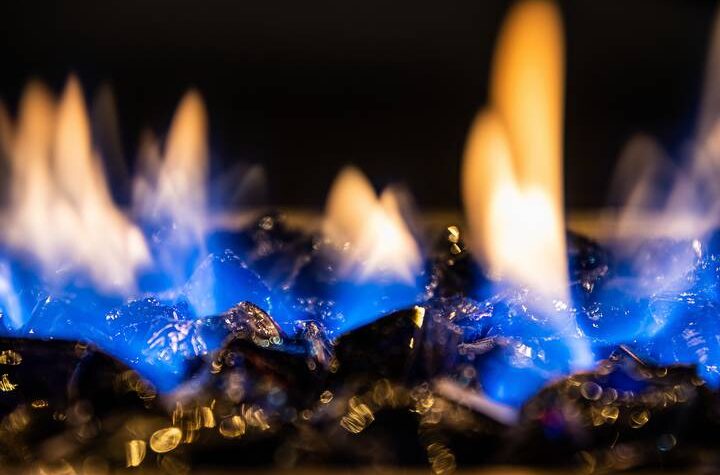Since humans have looked to illuminate darkness, they have found combustible materials to burn. Although wood, coal, and fossil fuels efficiently energize our lives, they also taint the very air we breathe. We seek alternative power sources that gently whisper to our environment rather than screaming at it.
Propane is a clean burning, safe and efficient fuel source and has been widely used in both the residential and commercial sectors for over 100 years. Most people know propane bottles but don’t think about the liquid inside them.
So, what is propane made of?
Propane Discovery
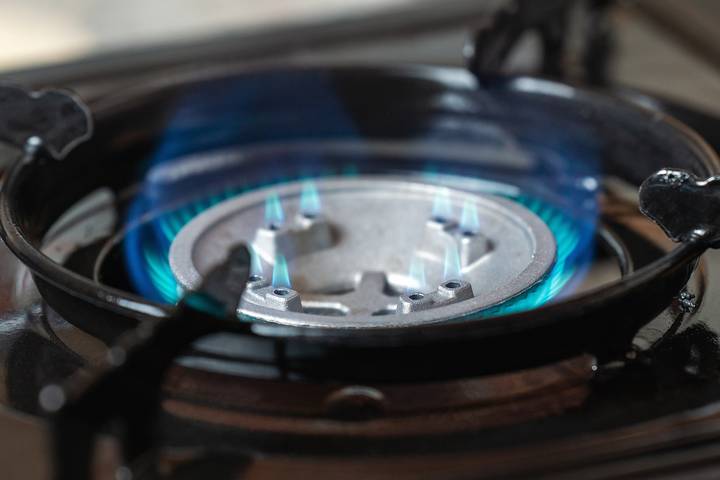
During the 19th century, gasoline made a grand entrance as an innovative fuel source. Meanwhile, propane quietly wove its own tale, dating back to the 1850s. Marcellin Berthelot discovered it in 1857, while Walter Snelling, an American scientist, later realized that its vapours held untapped potential for energy.
Consequently, by 1910, propane had become a popular fuel source in its own right. In 1912, Snelling received a patent for LG gas, and propane was marketed to the public.
Propane Production
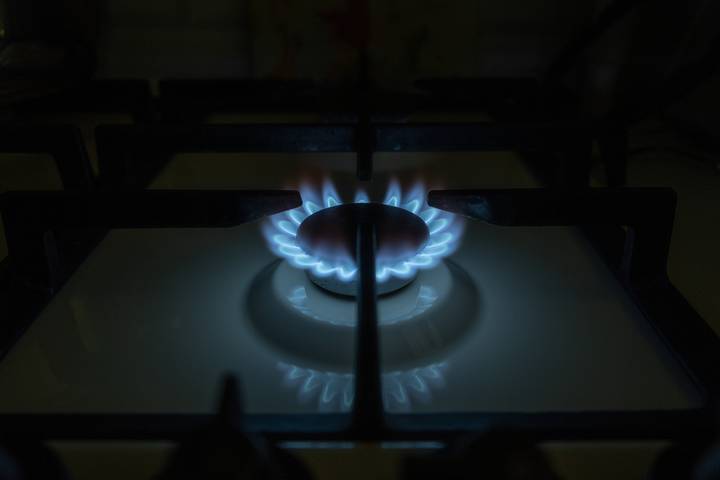
Throughout the years, propane has evolved in its derivation methods. It continues to hold its place among liquified petroleum gases, such as butane, propylene, butadiene, butylene, and isobutylene.
Natural Gas Production
When natural gas is processed, propane and butane are extracted from the liquid component. This prevents condensation from building up in natural gas pipelines. It is stored in a tank because it is much heavier than natural gas and transports it as a liquid.
Synthesized From Crude Oil
Oil refineries separate propane from crude oil using a distillation tower. Hydrocarbons, which are heavier, sink towards the bottom through the refinement stabilization phase. The lighter hydrocarbons, like propane, rise to the top. It is then easy to extract it.
Renewable Propane
Another way to produce propane is to derive it from biomass. This is a renewable, environmentally friendly process at biodiesel refineries, using cooking oils and animal fats. It is a byproduct of biodiesel production and is carbon neutral until used as fuel. It is identical to traditional propane.
Liquid and Solid
Propane turns to a liquid state under pressure or below its boiling point of -44 F and will remain there until the temperature rises up or it is released into the air. It will then boil and vaporize. Propane vapour is denser than oxygen, so it sinks to the lowest point it finds. If it finds an ignition source, it ignites.
For successful storage and handling, propane is kept in a liquid state but must have any impurities removed, including:
- Ethane
- Pentene
- Propene
To be safe, liquefaction must also occur at the right temperature and pressure.
Propane Odour
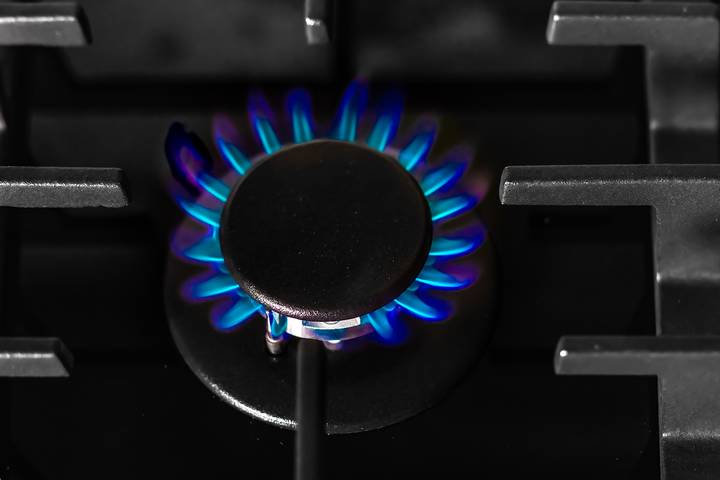
Because propane is odourless and colourless, it can be dangerous if it leaks. To combat this, an odourant is added so it will be easily detected in the air and can be traced fast to the source of the leak. This “fragrance” is a harmless chemical called Ethel Mercaptan, most commonly described as smelling like rotten eggs. You have nothing to fear as long as you don’t expose yourself to it.
Propane Storage
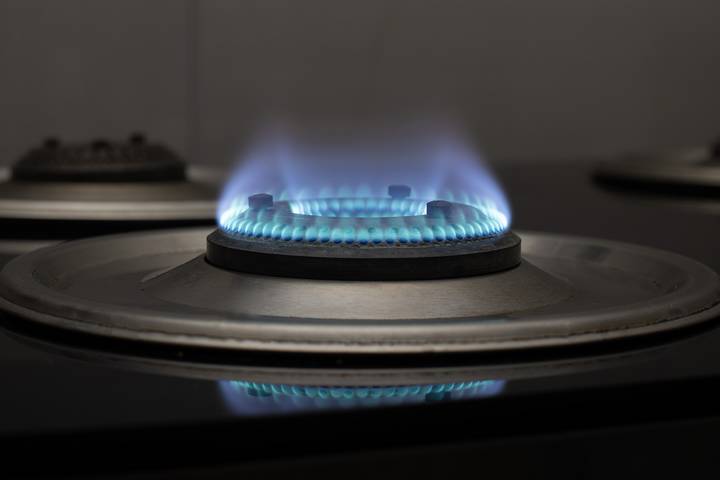
Once propane is captured and held in tanks, it must be distributed worldwide for use. There are bulk distribution terminals that are sent to you by many methods, including:
- Pipelines
- Trucks
- Railroad
- Barges
- Tanker ships
Companies that market propane fill up trucks at terminals and deliver propane to end users. In addition, they will deliver propane to retail sites where you normally purchase fuel.
Propane Uses
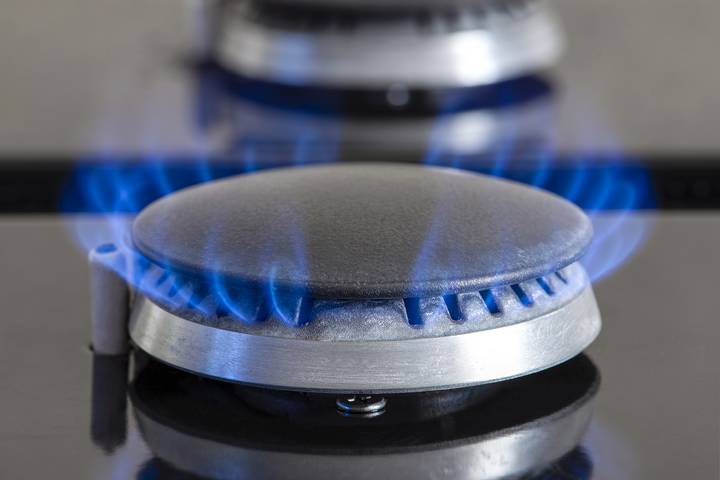
Propane has a vast array of uses, and we often encounter them. This includes fuel sources for:
- Furnaces
- BBQs
- Fireplaces
- Space heaters
- Clothes dryers
- Outdoor kitchens
- Pools
- Lawnmowers
- Camping equipment
There are also specific commercial uses for propane. Forklifts run on propane with large bottles secured to the back of the machine. Standby generators for businesses are propane powered because they are easy, safe to store, and ready to use during power outages. Because propane burns at extremely high temperatures, it is used in metal moltening foundries and jewelry manufacturing operations.
Propane is a byproduct of fuel manufacturing rather than produced intentionally. Refining oil, natural gas, and biomass remains crucial. To appreciate the complexities of power processing and the utilization of byproducts from primary refineries, one must delve into propane composition. The ever-present demand for various fuels ensures propane’s role in our lives for a long time to come.

